Whether a landlord, a tenant, housing activist or economist – all are in agreement. The housing market is failing. And the private rental sector is in crisis.
Recent reports underline the depths of the crisis: Property website Daft.ie this month found just 716 properties available to rent across the entire State on August 1st – down from 2,500 a year ago.
The same report found rents grew by their fastest rate on record between April and June, with the average nationally now €1,618 a month – 3.3 per cent higher than in the previous three months and more than double the €765 average in 2011.
Private landlords are fleeing the market, arguing rent pressure zones (RPZs) capping annual rent increases at 2 per cent, as well as inequitable tax treatment, makes the prospect of continuing in the sector unviable.
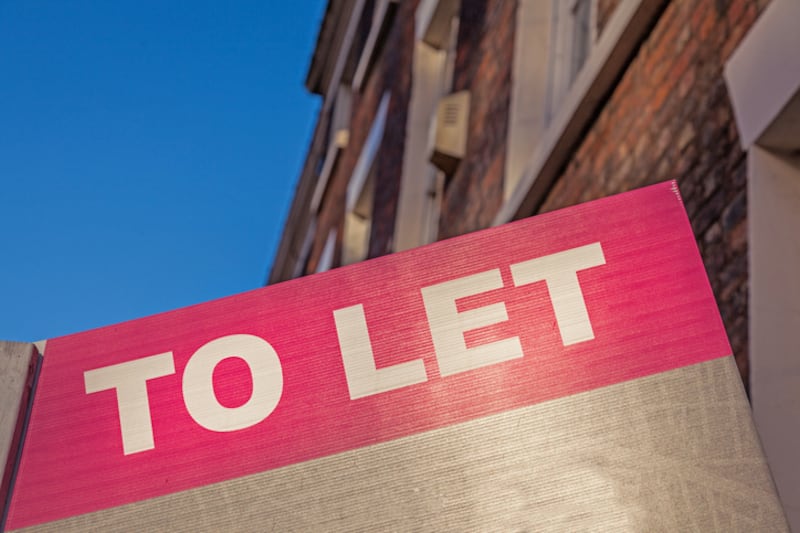
And as they exit, new landlords are nowhere to be found. A study by the Irish Property Owners Association (IPOA) published in June, showed the collapse in new entrants to the market. While in 2006, buy-to-let mortgages accounted for 19.9 per cent of total mortgage lending at €7.9 billion by 2021 that had fallen to just 1.4 per cent of total mortgage lending – a total investment in rentals of just €143 million by small landlords last year.
Residential Tenancies Board (RTB) figures show terminations from landlords to tenants are increasing – up 58 per cent in the first half of this year to 2,913, compared with 1,845 in the previous six months. More than half (55 per cent) were because the landlord was selling the property. Estimates based on RTB data suggest at least 2,000 rental properties will be withdrawn from the sector in the first half of this year as small landlords quit, with another 500 going as owners’ family members move into properties.
[ ‘All I want is for somewhere to put my head at night’Opens in new window ]
Many who lived in these dwellings face the prospect of homelessness. The latest data from the Department of Housing shows that between June 20th and 26th last, 10,492 people, including 3,071 children, were in emergency accommodation. That is 31 per cent more than a year before. Of these, 7,532, including 2,274 children, were in Dublin.
The level of disruption, instability and misery this is bringing into people’s lives is being increasingly voiced on social media.
One of the largest social media groups on housing, with over 46,000 members, is “Renting/HAP/Landlord”. Though open to both tenants and landlords, the vast majority of posts are by tenants seeking advice on termination notices, dire housing conditions, long waits for social housing and accessing emergency accommodation.
Several post news reports, including one from the Enniscorthy Guardian this week on parents living a tent in woods in Co Wexford, having been made homeless after falling into arrears
Among posts in the past week has been one from a parent describing themselves as “shattered” as they will be homeless with their child by the weekend and fearful they could be placed in emergency accommodation far from their child’s school.
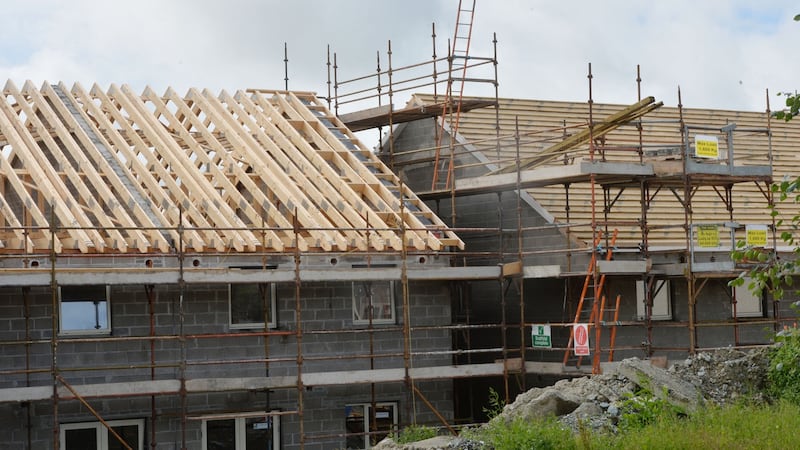
Another asks whether it is necessary to give landlords “money in an envelope” in addition to a month’s rent and deposit to be in with a chance of getting a home. A father of five children, one with special needs, expresses frustration that he cannot get a viewing.
Another post, of a photograph of a queue of over 100 people waiting to view a house in Drumcondra in Dublin this week, elicits dozens of comments, including again speculation about paying additional money to landlords to secure homes.
There is unanimity among landlords and tenants that the situation is dire. In the report compiled for the IPOA, economist Jim Power writes: “The rental market is in a state of crisis and is functioning in a suboptimal manner. The increasing cost of rent and the lack of an adequate supply of rental properties encapsulate the problem and the challenge. Private landlords are exiting the market in significant numbers and this is exacerbating the rental crisis.”
As well as the social costs, he points to the impact of rising rents on the cost of living, wage pressures, labour mobility and national competitiveness. “If private landlords continue to exit the market, the situation is going to get worse,” he warns.
This is not a new crisis. It was before the midpoint of the last decade that then housing minister Jan O’Sullivan described escalating numbers of families losing their homes in the private rented sector as an “emergency crisis”. Described in April 2014 as “bloody awful” by then deputy director of the Dublin Region Homeless Executive, Dr Dáithí Downey, he warned family homelessness would “get worse” without an “energetic response”. There were, at that stage, 170 families, including about 400 children, homeless in Dublin.
So why, more than eight years after such alarming warnings, has the situation reached what Wayne Stanley, head of policy with the Simon Communities of Ireland, describes as such an “extreme place” that an “emergency, Covid-type response” is needed to prevent the crisis unravelling into a social and economic catastrophe?
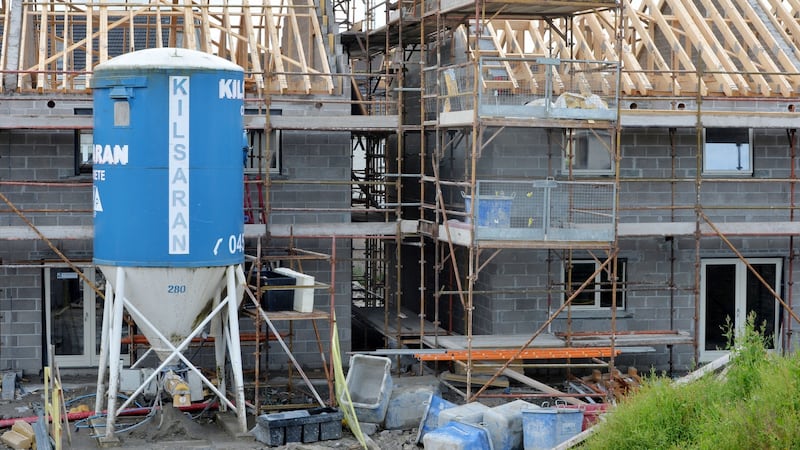
Again, there is general agreement on the underlying cause of the rental sector crisis – the collapse in the provision of social-housing, particularly since 2004. Then, about 5,000 publicly owned social housing units were completed. This fell to a low of 459 in 2014.
Though this has picked up, to a high of 5,771 in 2019, it fell back to 4,750 last year and the numbers remain “woefully inadequate”, says Colette Bennett, economic and social analyst with the Social Justice Ireland think-tank, and the impact on the private-rented sector has been “disastrous”.
In the face of no little new social housing, households in need of somewhere to live – numbers of which increased particularly after the crash in 2008 – were funnelled into the private-rented sector, mainly supported by rent supplement administered by the Department of Social Protection.
Since 2014, these households have been moved on to the more sustainable Housing Assistance Payment (HAP), administered by the Department of Housing, which allows recipients take up employment. However, transfer to HAP also means removal from the social housing waiting list as the household is then deemed “housed”. At the end of last year, there were 61,907 HAP tenancies in the private sector, at a cost of €504 million.
Bennett says the State’s “huge over-reliance on the private rented sector” means the sector is not able to function as properly private. “In 2021, more than one in five of tenancies in the sector were HAP recipients. That’s 60,000 households in the private sector that should really be in council housing.”
Many of those who would like to buy homes cannot afford to, often because rental costs do not allow for saving.
In addition to those on HAP, there are 59,247 households on the social housing waiting list. And if households on other subsidised programmes in the private sector such as the Rental Accommodation Scheme (RAS) are included, the number of households assessed as in need of social housing is over 130,000, says Bennett.
“If you even moved the HAP tenancies into appropriate accommodation we would free up 60,000 units in the private sector,” says Bennett. “That would have a driving-down impact on rents.”
Mary Conway, a landlord, estate agent and chair of the IPOA, agrees, saying: “The whole housing crisis hinges on not enough houses, particularly social houses, being built.”
Government points to its Housing For All strategy, targeting provision of 90,000 social homes over its 10-year span to 2030, and its plans for thousands of build-to-rent apartments in the private sector. But many observers of the sector say the policies are not enough to meet current need, never mind get in advance of projected demand.
Bennett is concerned, too, about what she describes as lower planning standards for build-to-rent apartments – they may be smaller, with fewer windows and less storage space, and fewer community amenities than homes built for purchase. “That’s how we got the ghettos of the 1980s the when State was building them. The only difference now is private developers are,” she warns.
The Rent Pressure Zone rules mean when a landlord does decide to sell, they are unlikely to want to sell with a tenant in situ
At the other end, landlords are leaving the sector even as rents are at their highest rates in years. Asked why this is happening, Conway points out it is only on new lettings that such high “market rents” in RPZs can be charged
“Remember, landlords in these RPZs are stuck with just 2 per cent increases.” In a rising cost-of-living context, where inflation is approaching 10 per cent, a landlord’s income cannot keep pace, she says. The RPZ rules also mean if and when a landlord does decide to sell, they are unlikely to want to sell with a tenant in situ. Any new owner will also be prevented from increasing rent by more than 2 per cent.
“They must gain vacant possession of their property and sell to a purchaser that is going to live in the property to gain the full market value of their property.”
Landlords charging the lower rents to the lower-income households are those most likely to want to sell, she adds. “I am sure there are some landlords who will step over people to make a fast buck, but for the most part people bought into buy-to-lets for the long term, who want to treat their tenants well – though you never hear about that. Landlords are also humans who have lives going on, pressures, mortgages to repay.”
Her IPOA members are also angry at the “inequitable [ie more favourable] tax treatment” institutional investors get when compared with small landlords. While Conway says her members pay up to 55 per cent tax on rental income, real-estate investment trusts are wooed with rates as low as 20 per cent.
“I do not think at this stage we are going to be able to retain the landlords who are determined to leave, but we are not attracting new investors while we are stuck with things like the RPZs, which are a too-rigid, unfair tax-treatment and a constantly changing legislative landscape,” says Conway.
Stanley agrees that ways must be found to “keep landlords”, though he stresses any incentives should be matched by measures to ensure value and increased security for tenants.
Every possible means of keeping and increasing social and rental stock must be examined urgently now, in what he argues must be a “Covid-style” response. One area insufficiently tapped, he says, is vacant homes.
While estimates of vacant dwellings vary from about 92,000 (GEO-directory estimate) to over 240,000 (Census 2016), Stanley says if even 10,000 of those dwellings could be brought back into use as social housing it would “give some hope... But we need to resource local authorities to go after them.”
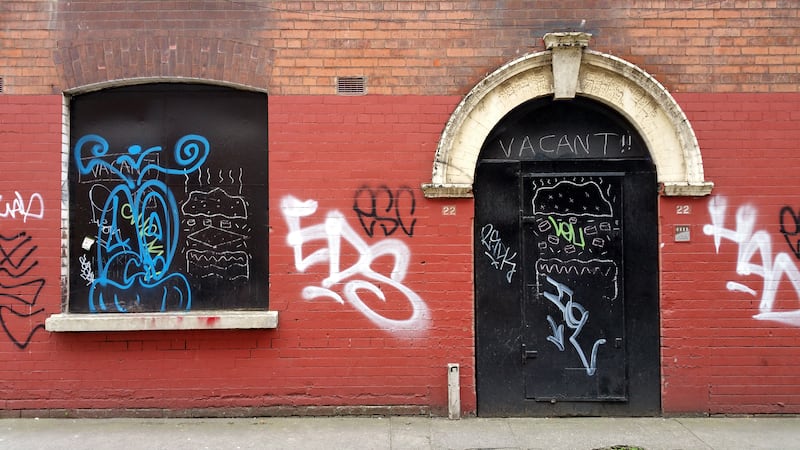
A report this month found 13 local authorities – Cork County, Donegal, Carlow, Galway city, Kerry, Kilkenny, Laois, Longford, Offaly, Sligo, Westmeath, Wexford and Wicklow – some of which have the highest vacancy rates, have not yet appointed vacant-homes officers.
Says Stanley: “We really need teams of people going after every possible available home. We need to see something like a Covid-style response now to this crisis, which has been going on for nearly a decade. The depths of the crisis keep continuing to dig and there seems to be no end to it.”
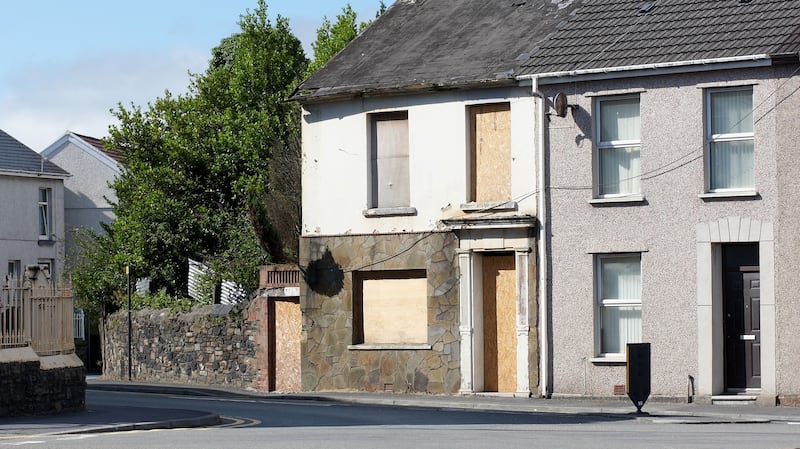
Asked why, eight years after O’Sullivan named the private rented sector as an factor in an “emergency crisis”, successive administrations have failed to get on top of it, he said policy tended to respond “incrementally”.
“Huge leaps forward usually happen in extreme situations. Housing is now in that extreme place. We need to launch ourselves 12 months in advance of this crisis. That will give us the head room to making sure incremental responses have time to make an impact. If we are constantly chasing the crisis, it deepens.”
He continues: “If you were to equate homes with hospital beds during Covid, no stone was left unturned. There was a mission to get in advance of it. If you think about how fundamental housing is to people’s lives, how their lives are halted when they don’t have a home, we need that kind of response.”
‘If we could get 5,000 vacant units a year, for two years, that would give us some hope’
He sees his own staff in the Simon Communities “struggling to keep roofs over their heads”, and fears a level of hopelessness creeping into the conversation “that could become self-fulfilling”.
“If we could get 5,000 vacant units a year, for two years, that would give us some hope. That is really important because I do feel in the last year, for the first time, I am starting to hear the housing crisis talked about the way we talk about health – as if it is an intractable issue. It is really important that we don’t let that happen. There is capacity if we bring that Covid response and get in advance of this.”




















